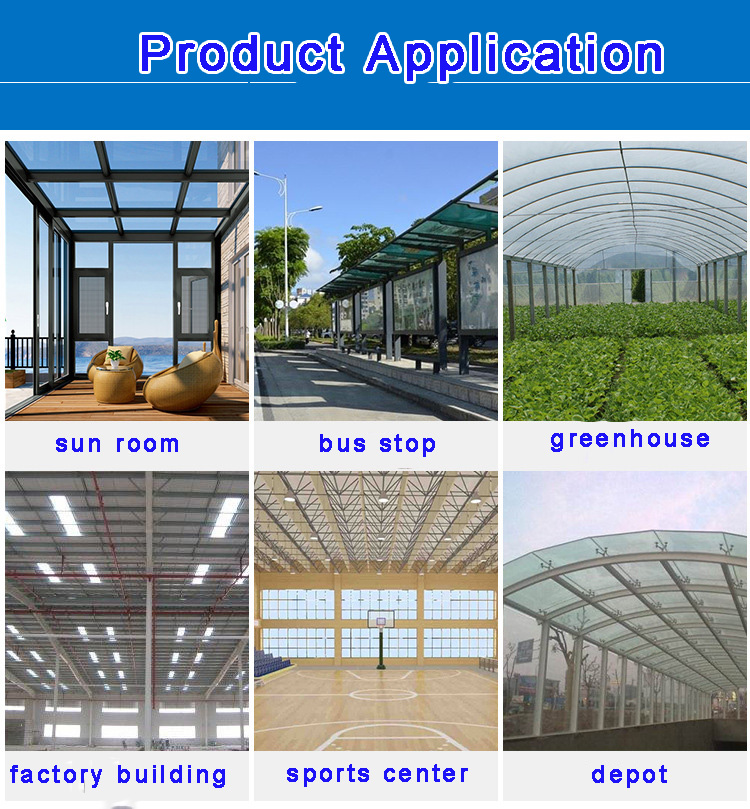-
+86 15030157877
-
sales@galvanizedmetalmesh.com
Th10 . 15, 2024 04:48 Back to list
Steel Metal Grating Manufacturers and Their Role in Modern Construction Industry
The Rise of Steel Metal Grating Factories A Comprehensive Overview
In recent years, the construction and manufacturing industries have experienced steady growth, leading to an increased demand for durable and sustainable materials. Among these, steel metal grating has emerged as an essential component used in various applications, including walkways, drainage covers, flooring, and platform supports. This article explores the significance of steel metal grating factories, highlighting their role in meeting industrial demands, the manufacturing process, and the advantages of using steel grating materials.
Steel metal grating is defined as a series of parallel steel bars, known as bearing bars, set at regular intervals. They are joined together by perpendicular bars, known as cross rods, creating an open grid-like structure. This design not only provides strength and stability but also allows for efficient drainage and visibility. Businesses across diverse sectors, including construction, transportation, oil and gas, and mining, have recognized the value of steel grating as a safe and reliable solution for their operational needs.
Manufacturing Process
The production of steel metal grating is an intricate process that involves several steps, beginning with raw material selection. Factories typically source high-quality steel, such as carbon steel or stainless steel, depending on the project's requirements. The choice of material significantly impacts the strength, corrosion resistance, and overall durability of the finished product.
Once the raw materials are procured, the manufacturing process begins with cutting the steel bars into designated lengths. These bars are then arranged in parallel, forming the bearing bars. Cross rods are inserted perpendicular to the bearing bars. This arrangement is then welded or mechanically fastened, depending on the specific production methods adopted by the factory. The welder's skill is critical here, as proper welding ensures that the grating can withstand heavy loads and resist deformation over time.
After welding, the grating undergoes finishing processes, which may include deburring, surface treatment, and protective coatings. Surface treatments such as galvanization or powder coating enhance the material's corrosion resistance, extending its lifespan even in challenging environments. The final product is then subjected to various quality control tests to ensure it meets industry standards and user specifications.
steel metal grating factories

Advantages of Steel Metal Grating
The advantages of using steel metal grating are extensive, making it a preferred choice among engineers and architects. One significant benefit is its strength-to-weight ratio. Steel grating is incredibly robust yet lightweight, allowing for easy handling and installation. Additionally, the open design helps reduce wind resistance, making it suitable for rooftops and high-rise buildings.
Another crucial aspect is safety. The grating's design offers excellent slip resistance, making it a popular choice for walkways and platforms. It allows water, debris, and other materials to pass through, reducing slip hazards in wet conditions. The visibility offered by steel grating is also essential in industrial settings, as it allows workers to see potential hazards below.
Furthermore, steel metal grating is environmentally friendly. Many factories utilize recycled steel in their production processes, which not only reduces waste but also conserves natural resources. Its durability means that once installed, the need for frequent replacements is minimized, resulting in lower lifecycle costs and less environmental impact.
Conclusion
Steel metal grating factories play an indispensable role in today's industrial landscape, providing high-quality, durable solutions for a variety of applications. With meticulous manufacturing processes and stringent quality controls, these factories ensure that their products meet the evolving needs of their clients. As industries continue to prioritize sustainable practices and safety, the demand for steel grating is likely to grow. This trend signifies a future where steel metal grating remains at the forefront of industrial materials, supporting infrastructure while promoting efficiency and safety. As we move forward, the collaboration between factories and industries will undoubtedly shape innovative applications and sustainable practices in the realm of construction and beyond.
-
Smart AI Fence Solutions with GPT-4 Turbo | Secure & Fast
NewsAug.02,2025
-
Welded Gabion Solutions: Durable & AI-Enhanced Designs
NewsAug.01,2025
-
Premium Welded Gabion Mesh | Robust & Eco-Friendly
NewsJul.31,2025
-
Premium Eco-Friendly Roof Tiles | Affordable & Durable
NewsJul.31,2025
-
Premium Roof Tiles for Durable & Stylish Roofing Solutions
NewsJul.30,2025
-
High-Quality Roof Tiles for Durable & Stylish Roofing Solutions
NewsJul.29,2025



